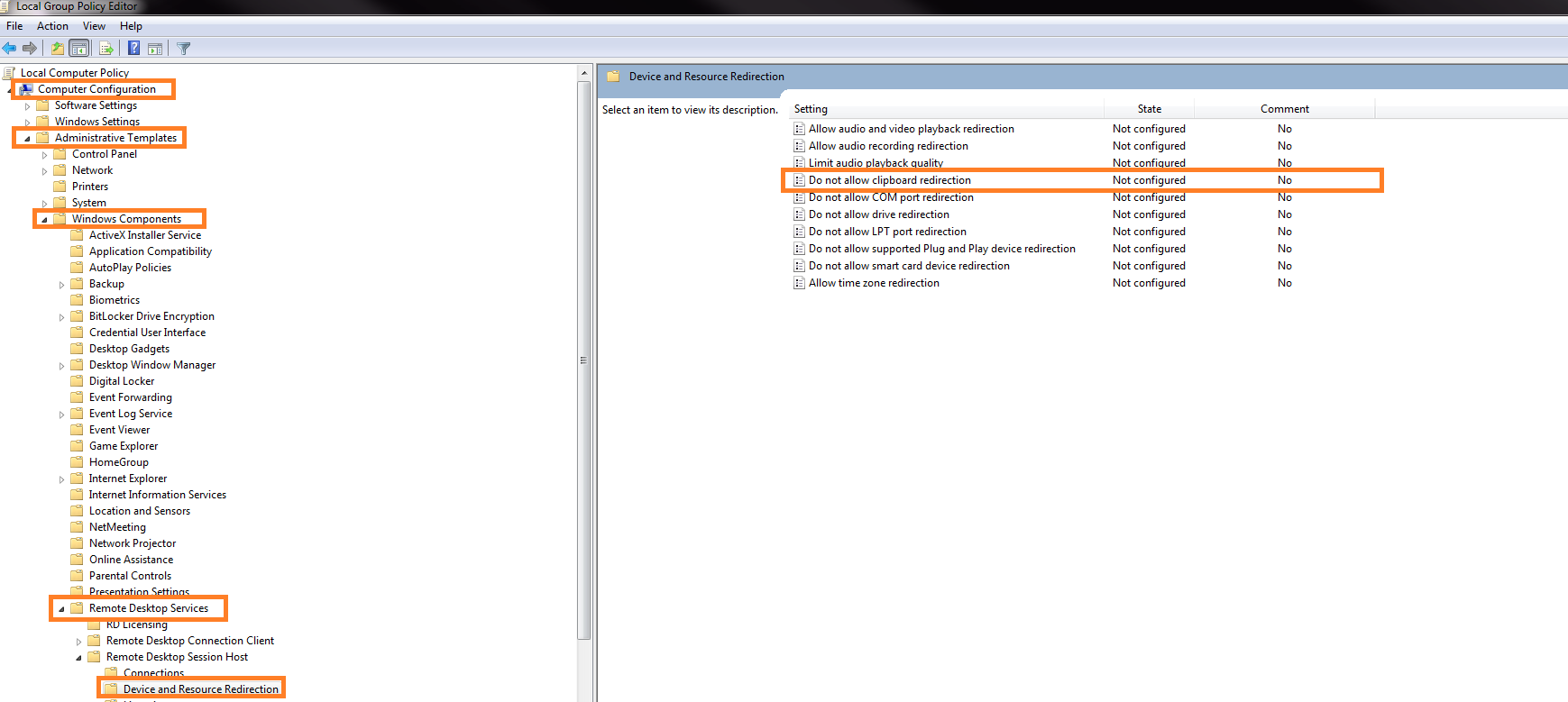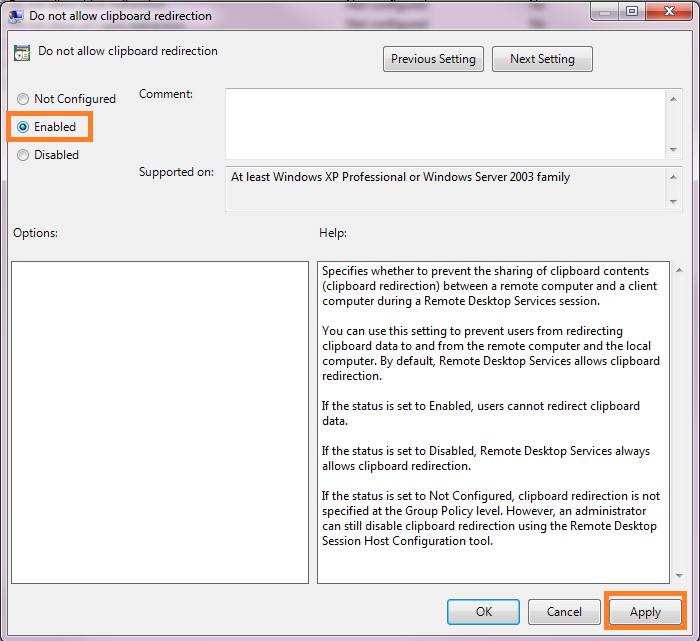Hi,
There are time we want to perform things via CLI. Today I encountered to perform compression via CLI for my windows machine as it has problem performing the task via the UI. Here are the codes:
- Compression
compact /c /s:”full path of folder” /i /Q
- Uncompress
compact /u /s:”full path of folder” /i /Q
That’s it
Source: https://www.tenforums.com/tutorials/26340-compress-uncompress-files-folders-windows-10-a.html

